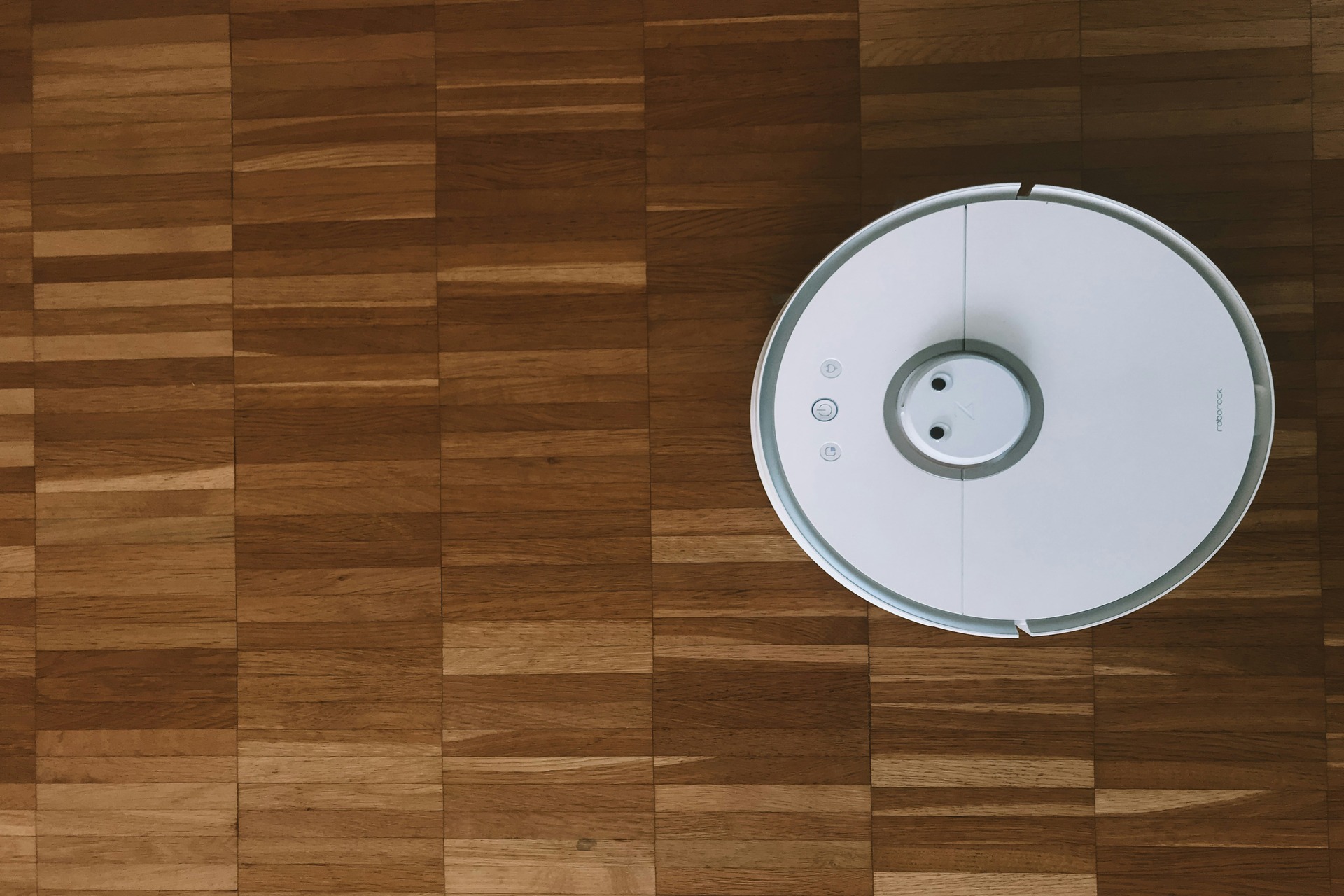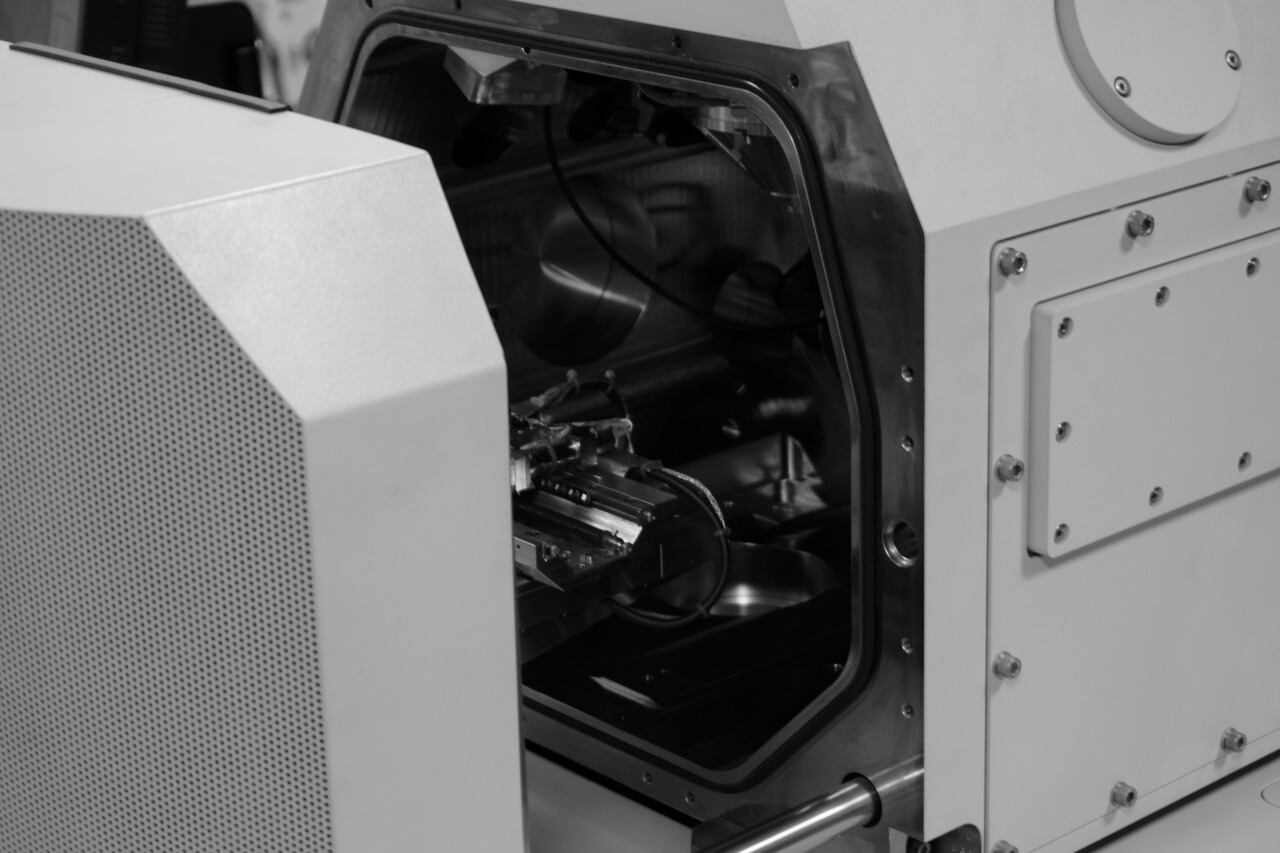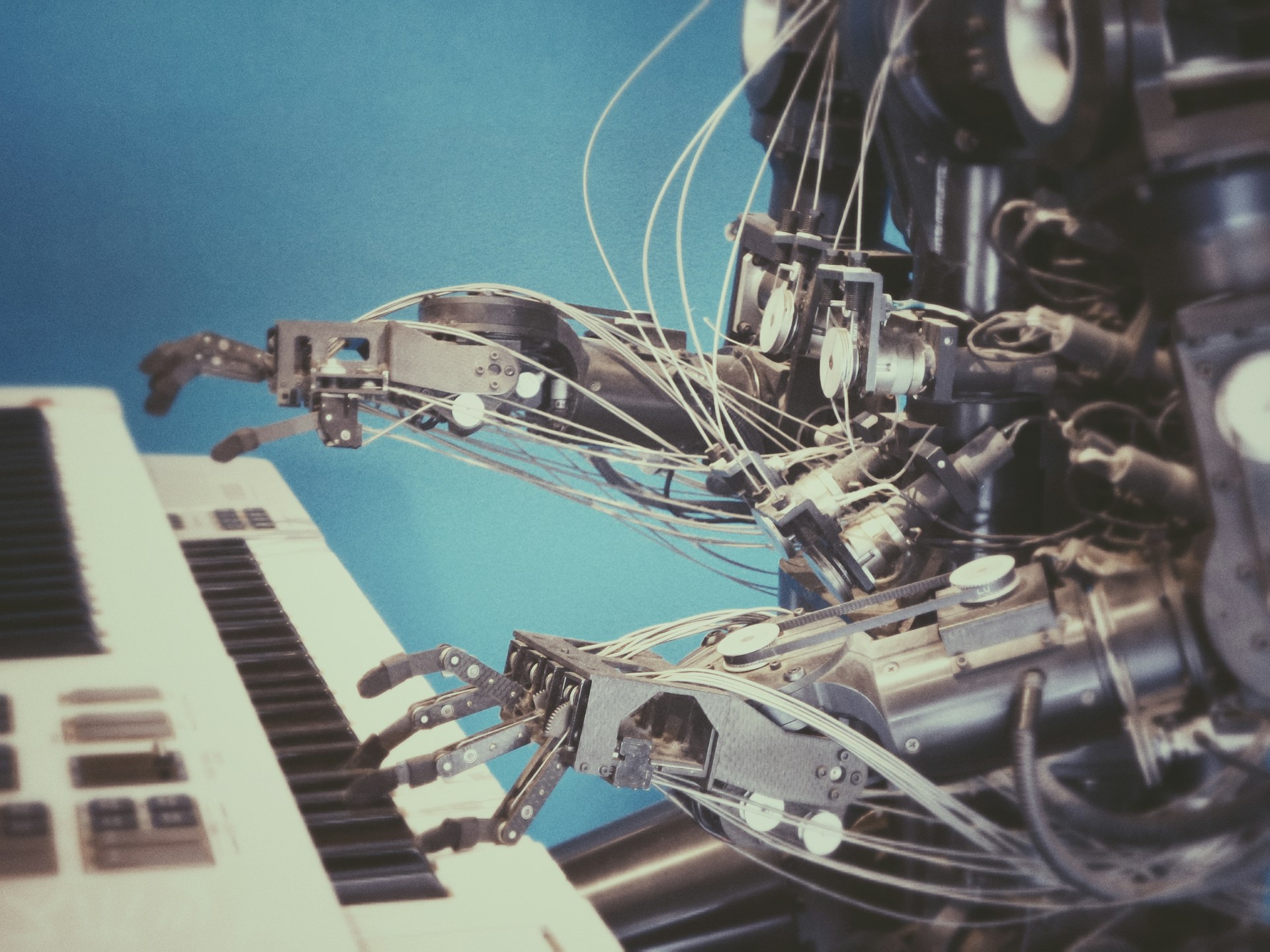Picture a world where robots and humans work side-by-side with similar appendages and features. Until now, the possibility only existed in science fiction books and movies like I, Robot, Terminator and Bicentennial Man. The first two movies fail to bring comfort to those concerned about the increasing intellect capabilities of machines and how that might harm humans in the future. However, those who love watching technological developments will get downright excited about Tesla Optimus robots and what they bring to the table.
What Can the Tesla Optimus Robots Do?
Generation 1 released in March, 2023. Generation 2 arrived December, 2023. Affectionately dubbed the Optimus Bot, Tesla’s Gen 2 robots could navigate obstacles, including human coworkers and handle a variety of objects with equipment resembling the human hand.
With each new generation of Optimus robots, Tesla improves the functionality. Here are some of the things the bots can do already:
- Human-like walk
- Explores unseen spaces autonomously
- Captures visual cues from environment
- Find its own charging station and plug in
- Can pick up heavy things and not overheat
- Starting to navigate uneven terrain
- Can respond to requests and hand out items the person asks for
- Also is programmed in how to respond to unsafe behaviors
Elon Musk said in a speech to investors that the Tesla humanoid robot has “probably 1,000 times more functions than a car.” He also indicated the costs to train the robot could be around $50 billion but the potential profits around $10 trillion.
https://www.youtube.com/watch?v=ZTrebszENNwX
The new Gen 3 Tesla Optimus robots have even more expanded capabilities, revealed at the We, Robot event. Some quick facts:
- $20,000 price range
- Ability to do daily tasks, such as watering plants or serving drinks
- A robot could open the trunk of your car and bring your groceries in
- They can clean the kitchen, take care of your pets and mow the grass
Tesla leveraged existing technology to speed up the release of humanoid robots.
Technical Aspects of the Tesla Bots
https://www.youtube.com/watch?v=ZTrebszENNwX
The robots are painfully slow at the moment. They can walk around two miles per hour, although they have a goal of reaching five miles per hour. Tesla went through three generations in three years, so many people believe Optimus will become more complex soon.
Some critics believe the robots were operated remotely. While the machines can do basic tasks, the equipment is not quite as advanced as it appeared.
Industry experts reported that Musk estimated Tesla would produce 10,000 Optimus robots by the end of the year. However, big promises for the release of Cybercab robotaxies fell short in 2020, 2022 and again 2023.
Some of the features of the Gen 3 humanoid robot include:
- Flexibility and mobility to give the robot more humanlike movement. This means the robot can handle tools, machinery and other materials without damaging or dropping them.
- The robot has a customizable personality and can give safety info, warnings, teach humans and more.
- The Optimus has the ability to perform fine motor skills, such as playing a piano with precision.
- It can communicate with verbal and nonverbal cues.
- Tesla’s robot integrates with AI and learns new tasks where it might be crucial to pivot.
As Tesla develops the software further, one can picture a future where a robot serves as a helper and companionship for the elderly and those homebound. It could do dangerous work, such as diffusing a bomb or collecting minerals from a far off planet. The possibilities are endless in how humankind can use robots to advance their own interests and avoid dangerous situations.
Risks of Using Robots in the Workplace and Life
You’ve likely seen the movie where the robots stray outside their programing, become completely autonomous and try to destroy the humans around them. While the robots themselves may not present a huge risk, they are subject to a few things that might be of concern.
They are computers and thus subject to cybersecurity threats. Hackers could breach security protocols and take over the robots. The cybercriminals could either steal sensitive data or destroy a company’s equipment by ordering the robots to do so.
Since the robots collect information from the world around them to process and learn from, this information could fall into the wrong hands and impact human data privacy. Robots could impact the physical security of humans. Imagine a robot suddenly malfunctioning. It might electrocute those around them or create accidents that hurt others. Adding in fail-safes and emergency stops is vital to protecting everyone. Tesla leadership hasn’t been clear about what prevention measures they’re taking.
The Future of Tesla’s Robots
Tesla is in a race with other manufacturers to get a commercial humanoid robot to market at an affordable price. Will he succeed? He certainly has the resources and intelligent staff to do so.
Anyone who caught the SpaceX shuttle returning to launch base, the arms coming up and grabbing the shuttle as it catapulted to earth, and then pulling it to a safe landing knows Elon Musk is on the cutting edge of invention. He’s hired the brightest minds and has the investors and funding to accomplish big tasks previously thought impossible.
The most likely thing to happen with robots in the next few years is for companies to invest in them. Expect to see them in healthcare and for transportation purposes. It remains to be seen when people will have a robot to clean their homes or do menial household chores, but thanks to Tesla and companies like them, the possibility exists and is on the horizon.
Recent Stories
Follow Us On
Get the latest tech stories and news in seconds!
Sign up for our newsletter below to receive updates about technology trends




